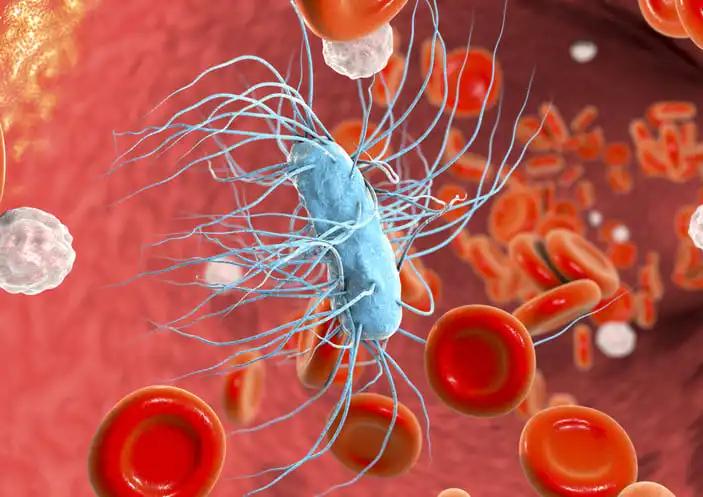KEY TAKEAWAYS
- The phase 3 Olympus study aimed to explore a new use of UGN-101 as a supplementary treatment after the full endoscopic removal of upper tract urothelial carcinoma (UTUC).
- The trial’s preliminary results suggested that for pts considering UGN-101, opting for full endoscopic removal beforehand might lead to reduced disease occurrence at the initial endoscopy and fewer side effects than primary chemoablative therapy.
The study analyzed past data from patients (pts) who received reverse thermal polymer gel of mitomycin C (UGN-101) at 15 major treatment centers. Adjuvant therapy refers to treatment given after the complete visual endoscopic ablation. A successful primary endoscopic evaluation was determined by either no visible tumor or a negative biopsy result. The Kaplan-Meier method was used to estimate the disease-free and progression-free survival. Ureteral stenosis and other side effects were abstracted from patient records. Ureteral stenosis was defined when a ureteral stent or nephrostomy was needed or when such procedures typically would be required.
Of 115 renal units assessed for cancer, 52 (45%) used UGN-101 as a supplementary treatment after full endoscopic removal. During the initial endoscopic check, 36 of these 52 units (69%) showed no sign of the disease. After an average of 6.8 months, 63% (33/52) remained free from the disease on the treated side. Tumors with multiple foci had a higher chance of returning after UGN-101 treatment than those with a single focus (HR 3.3 95% CI 1.07-9.91). The use of UGN-101 as a supplementary treatment after full removal showed significantly fewer disease findings compared to using it for primary chemoablation (p<.001). After UGN-101 treatment, 10 patients (19%) with supplementary treatment experienced ureteral stenosis, compared to 17 (29%) with chemoablative treatment (p=0.28).
For pts considering UGN-101, performing a maximal endoscopic ablation before UGN-101 application might result in fewer instances of detectable disease during the first endoscopy and potentially fewer side effects compared to primary chemoablative therapy. More extended observation is necessary to see if UGN-101, post-complete endoscopic ablation, maintains a durable disease-free period.
Source: https://www.auajournals.org/doi/10.1097/JU.0000000000003359.08
Clinical Trial: https://classic.clinicaltrials.gov/ct2/show/NCT02793128
Labbate, Craig; Woldu, Solomon; Murray, Katie; Rose, Kyle; Sexton, Wade; Tachibana, Isamu; Kaimakliotis, Hristos; Jacob, Joseph; Dickstein, Rian; Linehan, Jennifer; Nieder, Alan; Bjurlin, Marc; Humphreys, Mitchell; Ghodoussipor, Saum; Quek, Marcus; O’Donnell, Michael; Eisner, Brian; Feldman, Adam; Lotan, Yair; Matin, Surena PD46-08 EFFICACY AND SAFETY OF MITOMYCIN GEL (UGN-101) AS AN ADJUVANT THERAPY AFTER COMPLETE ENDOSCOPIC MANAGEMENT OF UPPER TRACT UROTHELIAL CARCINOMA, Journal of Urology: April 2023 – Volume 209 – Issue Supplement 4 doi: 10.1097/JU.0000000000003359.08



